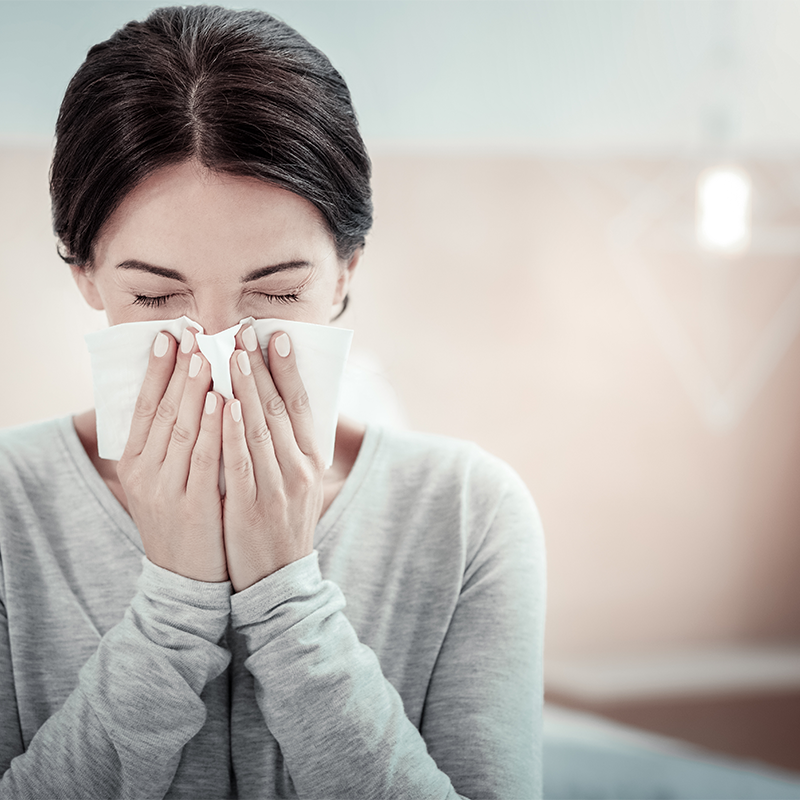Kasa is correlated to cough. It is a respiratory disorder caused due to various reasons.
It can be dry or productive. According to Ayurveda, Kasa has an involvement of Vata associated with Kapha. Kasa can be due to infections in the throat, respiratory disorders, allergies, or even acidity can also cause Kasa. You may wonder how. Acidity or indigestion in the stomach indicates Vata is a disoriented stomach. Movement of Vata gets disturbed and it pushes upward, the first route through which it can be expelled will be then mouth, which may take the form of cough. In kasa this disarranged Vata localizes in the chest region and causes pain and severe cough.
Based on the nature and root cause of cough, Ayurveda classifies it into 5 types,
- Kasa due to Vata vitiation – Dry, loss of voice, chest pain, intermittent cough, and may also occur in fits.
- Due to pitta – more intense, such as due to infections like pneumonia, more deep-rooted and indicated by large quantities of yellow sputum and also fever
- Due to Kapha – productive, with thick white mucus, nausea/vomiting. runny nose continuous coughing
- Due to Vata and pitta – kshataja Kasa – infection or internal bleeding causes mucus to be reddish /yellow/black, which may be associated with fever and joint pains. In severe cases can even see blood in the urine
- Tuberculosis – known as kshyaja Kasa in Ayurveda, is considered as drying up and loss of tissue. Here there is the involvement of all 3 doshas
AYURVEDIC MANAGEMENT:
- Vata balancing without vitiating Kapha
- Reducing Kapha by lekhana therapy and lekhaneeya ( scraping property ) medicines
- Use expectorants like Adathoda vasica etc
- Use Kapoordi Tailam with a pinch of salt followed by proper sudation for clearing the channels
- There are ayurvedic formulations in the form of lickable, powders, or decoction for each type of Kasa.
- For Kasa, medicine is advised to be taken frequently
Peenasa is a running nose. It is sometimes associated with Kasa and shwasa . It can also be due to some morphological issues like polyps or deviation of the nasal bone, sinusitis, or even a common cold. It can also be due to allergies.
Sinusitis is a simple but very severe condition, where the air cavities or spaces in our forehead, nasal area, and maxillary area get filled by Kapha. It happens due to Vata imbalance, causing Kapha to solidify, and sometimes when these accumulations last longer, they become infected, and then there is pitta association.
Looking into the stage of sinusitis we chart the treatment.
TREATMENTS :
- Nasya – Marsha and Pratimarsa
- Lepam – on the forehead
- Sudation therapy
- Thalam
- Proper internal medication



